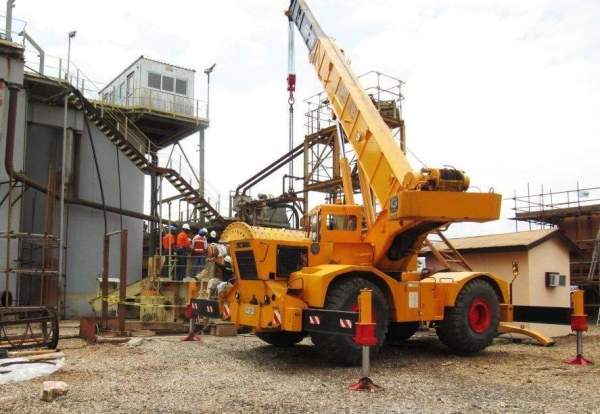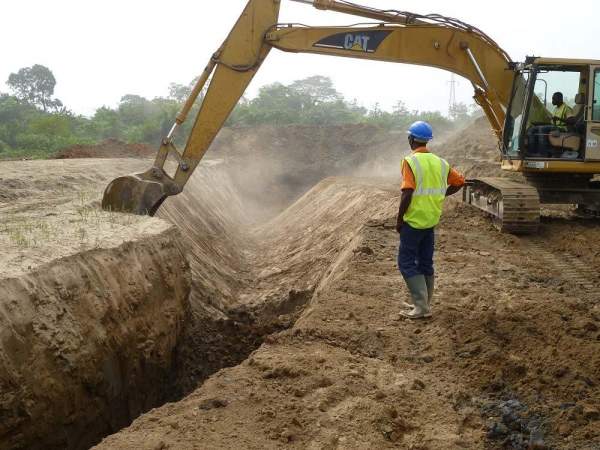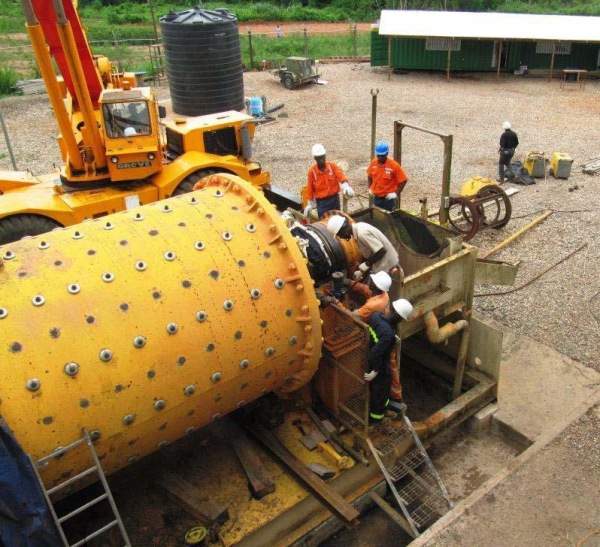The Konongo Gold Project, located 200km northwest of Accra in Ghana, recommenced mining operations and poured its first gold in June 2011, within three months of obtaining environmental approval. The mine is 70% owned by Signature Metals and 30% by the Government of Ghana.
In October 2011, Signature Metals announced its decision to be acquired by Singapore-based gold mining company LionGold. The deal is subject to the shareholders’ approval. LionGold will become the new owner of the Konongo mine if the acquisition is successfully concluded.
The mine was discovered in 1903 and was operated by Mwana Africa until 1997. Signature Metals purchased the non-operational mine in May 2009 with an aim to expand mining operations in Africa.
The Konongo project comprises of 16 known gold deposits situated along the 12km strike of the Ashanti Gold Belt of Ghana. It covers nearly 192km2 of the belt area and involves re-commissioning and capacity increase of the Konongo Gold Project.
Signature Metals restarted the project in order to capitalise the potential reserves and expand the capacity to a targeted production rate of 700,000 tons per annum (tpa) while reducing the operating costs by 5% to 15%.
The project required an investment of $3bn to $4bn. AMITAAB, a Ghanaian construction and engineering company, was appointed to refurbish and reconstruct the existing infrastructure that included 350,000t of carbon-in-leach (CIL) plant.
Expansion of the Konongo mine
The Ministry of Land, Forests and Mining extended the mining license of the Konongo Gold Project by 13 years to 2023 based on the positive feasibility studies and environmental assessments completed by Tagit Consulting. The extension had allowed recommencing operations on the Konongo Gold Project which was lying idle since 1997.
The project involved refurbishment of the existing carbon-in-leach (CIL) plant and revising the mining designs and schedules to re-optimise production and operating margins. It also involved reclamation of the old Konongo tails dam.
Mining at the tails dam of the old Konongo recommenced after the environmental permit was received from the Environmental Protection Agency (EPA) of Ghana in March 2011 and continued even in the third quarter of 2011.
Gold production rates at the Ghanaian mining project
Past production from the project was reported to be 1.6 million ounces (Moz) at a head grade of 11.8 grams per ton (g/t). The expansion aimed to increase the production by 40,000oz to 60,000oz of gold at grades of 2g/t to 3g/t.
The current capacity of the mine is 2,295oz of gold doré. Signature Metals plans to ramp-up the mining operations to 350,000tpa. Proceeds from the sale of initial production will be used for further exploration and expansion of the mine.
Geology and reserves of the Konongo gold mine
Most of the Konongo Gold prospect lies in the Obenemase area of the Ashanti Gold Belt. It consists of Upper Birimian and Tarkwaian rock series folded in the northeast trend. The Upper Birimian limbs are separated by Tarkwaian sediment in the syncline core in the southeast.
Mineralisation occurs in quartz reef style in disseminated sulphide present within the Upper Birimian Volcano-sedimentary rocks.
The Old Konongo tails dam contain indicated and inferred resources of 61,150oz graded at 1.09g/t on an average.
The total resource in the reclaimed project as of June 2010 is 19.6 million tons of gold graded at 2.02g/t for 1.27moz of contained gold.
The old Konongo project was an open pit operation. The expansion operations commenced with the mining of the new and existing open pit operations at the Apan, Asewera, Atansu and Boabedroo deposits located within a radius of 1k to 2.5km of the centre of the project area.
Transport and handling
Konongo Gold Project is accessible via sealed roads from the Tema Port in Accra. It is also in proximity to port facility at Takoradi, which is 300km south of the project area.
Ghana’s high transmission electrical line also runs from the project area with a substation situated in the property. All other support business and services are located within 50km of the project area in Kumasi.






